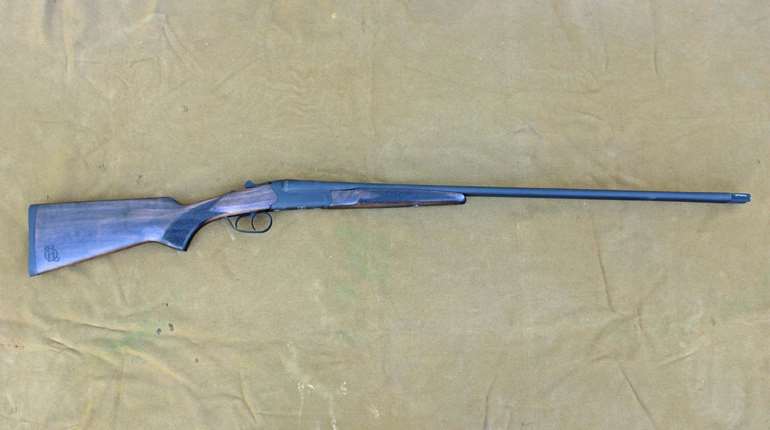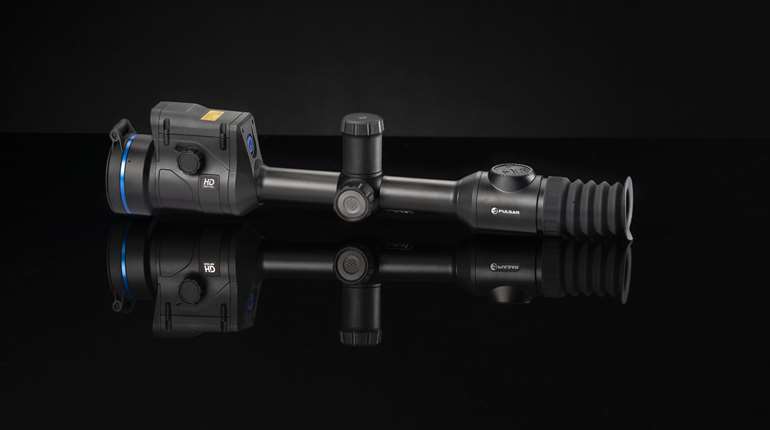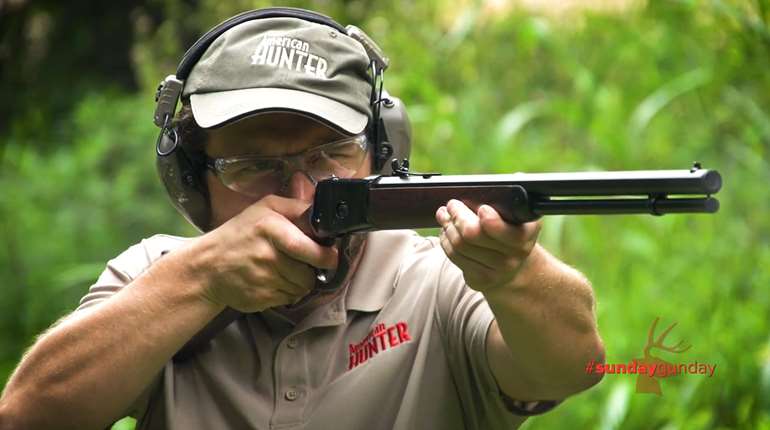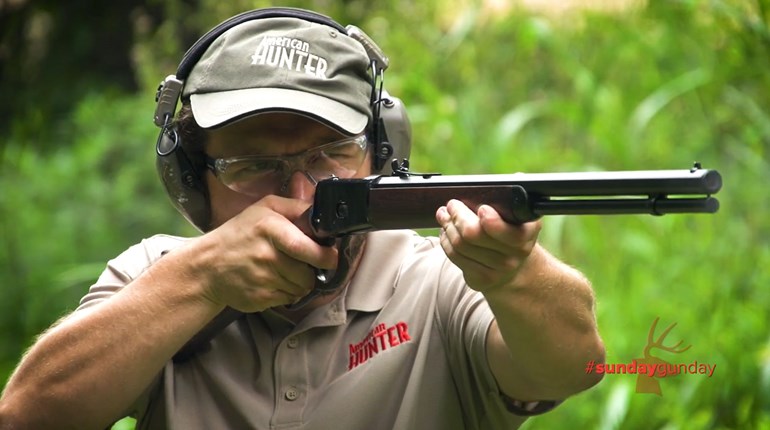The message delivered by my all-things-hunting mentor (and then managing editor), Jeff Johnston: “If you can’t kill a turkey in Texas, you should probably give up.” So as I sat with a proven guide by my side who touched off notes from a worn slate call, watching the dark blobs materialize as the sun rose to backlight their crowded perch only 50 yards away, I grinned. Bagging my first Texas bird was going to be like shooting fish in a barrel.
Of course I now know water is as critical to turkeys as it is to fish. Without water, I’d learn from the ranch owner, turkey clutches are dismal. In fact they had been for the past few years as drought parched this part of West Texas. Though he assured me the ranch still held plenty of birds, my own dry throat created in me an empathetic view of the turkeys’ plight. I’d certainly high-tail it to wetter climes. Spending the entire previous day chasing distant gobbles, sitting for hours within spitting distance of the big feeders Texas is known for—the ones Jeff assured me would seal the deal on a big Texas tom—with only a sighting to show for it, did little to inspire confidence.
The sound waves from 20 large birds leaving the roost at the same time hit me in the chest like I was standing in the front row at a Metallica concert. Screw Red Bull: Nothing wakes you up in the morning like turkey thunder. Especially when you witness them land on the bank of the small river where we made our set, exactly where the guide said they would land. It was almost too much to bear. This was really going to happen, in textbook fashion.
Only when I saw the second of two large toms leave the tree in the opposite direction of the hens did I begin to lose faith. But with an assuring remark quietly whispered from the guide’s lips—the toms would make their way to us—I took a muted breath and kept my cool. The hens began to file one-by-one past our ambush point tucked away on the bank. For what seemed like an eternity, 20 hens and 40 eyes scanned our location as the birds pecked the ground on the worn path they had followed many times before. We sat motionless until a gobble cracked from just out of view. The guide was right. The big ol’ tom was on his way. God bless Texas. I slowly raised my shotgun, scanning the ground beyond my guide to catch the first sight of the bird.
It was then I noticed the first indications of my continued bad luck. Locked onto the path, I caught movement and re-focused one eye on the guide’s face. His nose twitched. Then it twitched again, and was followed by a strained sniffle. As his eyes grew wider I braced for the inevitable.
The loud kaaa-choo echoed through the bottom, guiding all 40 eyes to its origin. Before I could say God bless you, the large flock thundered once again, leaving nothing but tri-toed prints on the sandy creek bank, the two longbeards right along with them. The guide was apologetic, and I understood. In the midst of contemplating the turkey hunting retirement speech I’d have to give when I returned to the office, as if on cue, the guide said, “You’ll kill one tomorrow, I’m taking you to the honey hole.”
Why the honey hole wasn’t an option on day one or two is beyond me. Perhaps they look down on taking candy from babies in Texas. Either way, my first Rio was killed the next morning in seemingly just that fashion. It doesn’t matter how many feeders you have: Nothing spells success like putting birds to sleep on the roost and posting up early. It also doesn’t hurt to post up in exactly the right place.
At 7:02, the giant flock left the tree and put down almost on my head. At 7:05, I was checking spurs and admiring the triple beard of a beautiful Texas Rio. Bagging a turkey in Texas is many things, but a sure thing isn’t one of them—despite what you may have heard.




































